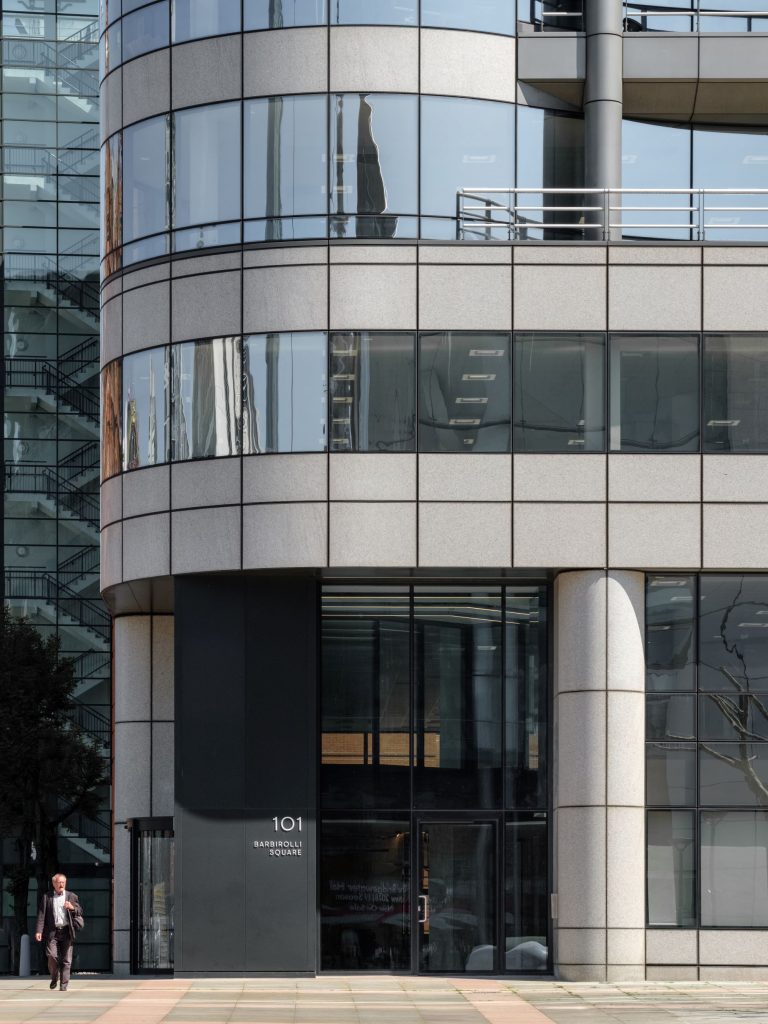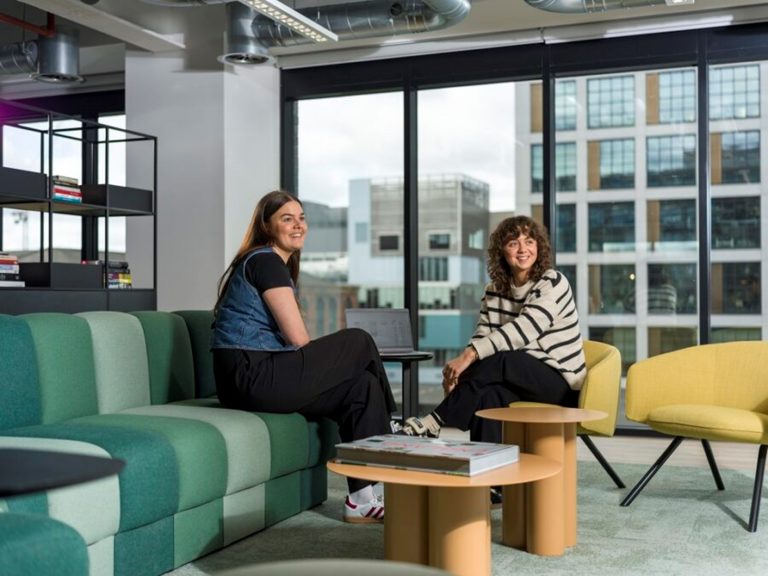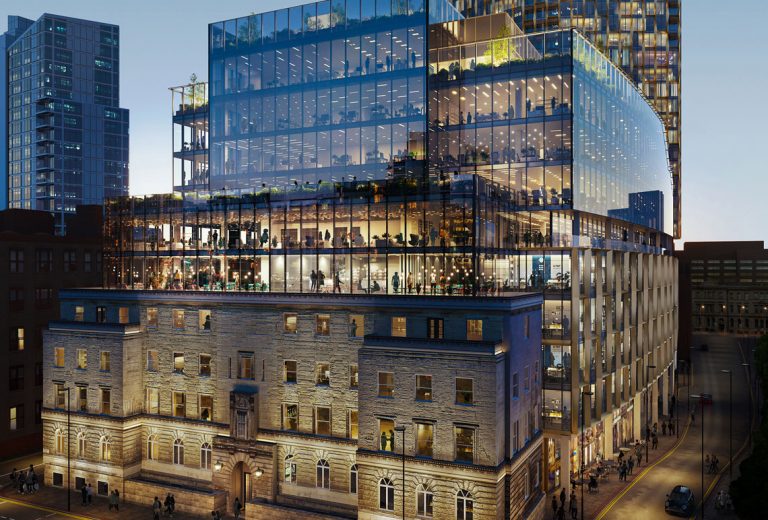Social Distancing – Lifts
Ollie Chadwick | 04 May 2020
As we have identified in our Landlord and Occupier Guides to Returning to Work Safely, there is no doubt that the biggest challenge will be managing and enforcing social distancing.
Social contact is unavoidable in office space, yet social distancing is what will keep us safe from the virus and potentially further outbreaks in the future – short, medium or long term. Like most diseases, Covid-19 spreads when an infected person coughs or exhales and those infected droplets are inhaled or ingested by someone else, either directly or through touching a contaminated surface with their hands and then touching their face.
There are some “easy” fixes for office buildings, such as new desk configurations to reduce proximity to others. However, small spaces such as passenger lifts are not so simple. In the absence of Government guidance, mounting pressure is being put on landlords and property managers to review their current systems and to respond.
We have been giving this issue some focus in our business over the last few weeks and we outline some challenges below:
Passenger lifts provide a convenient and easy way to access upper floors in a building and are essential for those with mobility impairments. Therefore putting lifts out of service is not an option.
The first consideration is social distancing in the lift. If your lift is large enough for 20 people, it may be possible for 2 people to stand far enough away so as to not pose a threat to each other. A lift with a capacity of less than 20 persons is now likely only to be suitable for 1 person. This is going to significantly increase waiting times and will probably force most people to use the stairs.

If lift capacity is reduced, then traffic will be sent to the stairs and there are similar social distancing measures which need to be considered. Most office stairs will not provide for social distancing. People will be unable to stay 2m apart if users are going in both directions. If a building has more than one staircase, a one-direction system should be introduced. These building protocols will need to be communicated and agreed with all occupiers. Visitor procedures will similarly need to be updated.
Reduced capacity of lifts will result in mass queueing which may present a social distancing risk in itself so staggering shifts and cohort principles outlined in OBI’s Guide to Returning to Work Safely should also be introduced.
One solution to the contact issue in lifts could be a product used on a mass scale in Singapore; a self-disinfecting coating called ‘sdst’ which is applied to the control panel surfaces in lifts. The coating is able to repel any virus-causing bacteria, making the surface safe to touch for other lift users. However, the downside is the coating may be compromised and scraped off if people are pushing buttons with a fob and there may also be a lack of trust in the technology. The spray has so far not been made available in the UK but may be in the future if there is enough demand.
Another solution is to provide Nanoseptic silicone covers on the buttons. Like ‘sdst’, these repel harmful bacteria. These ‘quick fix’ virus barriers have become largely unavailable due to their unprecedented demand, and therefore may not be available in the short term. They must also be changed regularly to be effective otherwise they simply become another infected surface to pass on the virus.

A more affordable solution would be a hygienic antibacterial stylus, personal to each user. Examples online show they are currently available in the UK, but it is more likely that users will improvise by using pens. Sharp objects however may pose a risk to damaging control panels if not used carefully and therefore promoting them as a solution may not be the most responsible thing to do.
There is also evidence the virus can be killed effectively through lift decontamination machines. These will ‘rinse’ the lift after each usage and therefore subsequent users of the lift will not be put at risk by previous users.
Whilst these sophisticated measures may help to prevent the spread of the virus in lifts, it is still proven that the most effective barrier to becoming infected is handwashing. It is important that whatever measures are taken by a building manager to protect the users, must not create a sense of false protection and allow users to become complacent with personal hygiene. They also do not solve the problem of social distancing and the massive reduction in lift capacity.
As advice develops, building managers and occupiers will need to keep any measures in place under review.
For further information on returning to work safely, contact ebasson@obiproperty.co.uk for a copy of our latest guide.


